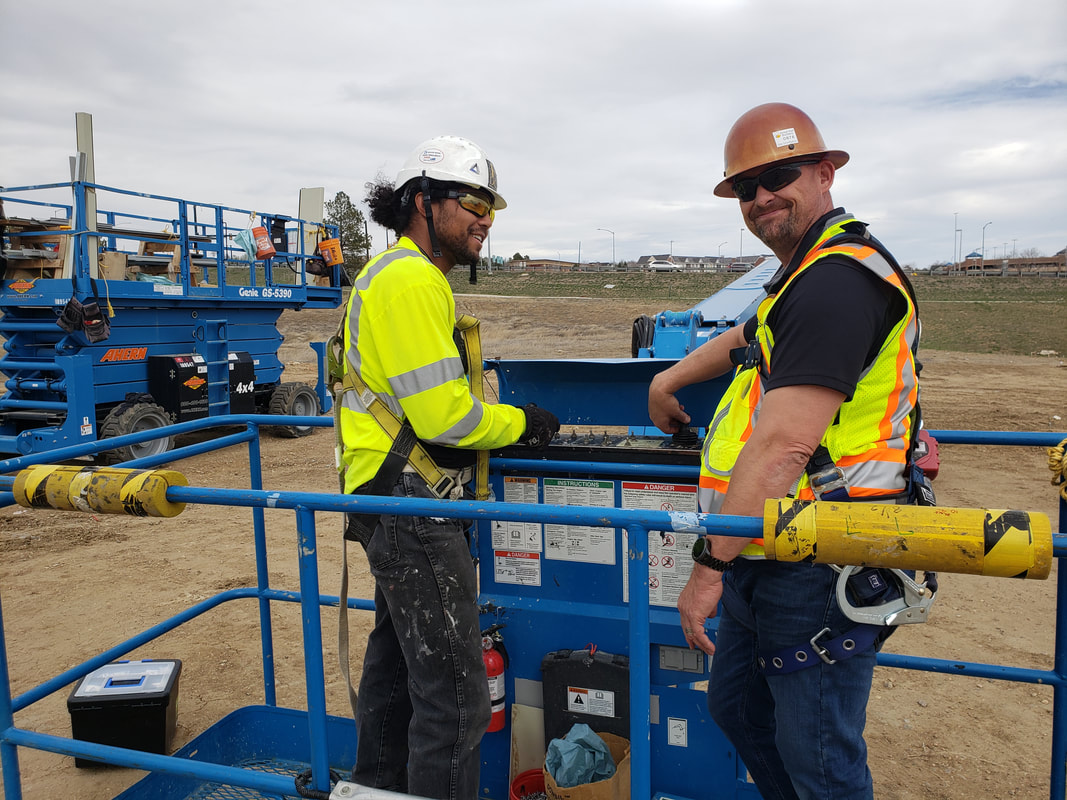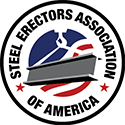Summary:
Note: As of January 30, 2020, two new appeals have been made to the ANSI A92 standard that could result in delays. https://www.liftandaccess.com/article/new-ansi-a92-mewp-appeals-delay-standards-further Aerial Work Platforms have been renamed and will now be known as Mobile Elevating Work Platforms (MEWP). Previously, Aerial Work Platforms were classified by product type like scissor lifts, boom lifts, etc. They will now be broken into two groups. Group A are MEWPs such as scissor lifts, that move vertically but stay within the tipping lines of the machine. Group B are MEWPs such as boom lifts, that have platforms that extend beyond the machine’s chassis. Each of these Groups are further classified by travel type. Type 1 can only be driven in stowed position, Type 2 can be driven elevated but is controlled from the chassis, and Type 3 can be driven elevated but is controlled from the work platform. Employers should be familiar with new training requirements associated with each MEWP classification. In addition, safe use planning now requires a plan that is specific to the MEWP type, and includes a risk assessment. Best Practices
Design Changes Employers and Operators Need to Understand Changes to the standards that affect the design of the equipment has a direct impact on manufacturers. However, as new equipment makes its way into the market, operators and employers should also be aware of how design changes will affect operational compliance. In fact, the user is now required to request familiarization from a dealer (rental company) before operating the equipment. Familiarization must be delivered to the person designated to receive the MEWP.
Can I be cited by OSHA for non-compliance with ANSI A92? ANSI standards are voluntary; OSHA regulations are law. The OSHA aerial lift standard continues to require only compliance with the (ANSI) A92.2-1969 standard, however, much has changed in MEWP design and usage since 1969. It’s always good practice to follow the most current ANSI standards. In addition, controlling contractors can implement the new standard as a best practice on their jobsites, requiring subcontractors to adhere to the standard. Resources Guide to New Design, Safe-Use and Training Standards for MEPWs Work/Aerial Work Platforms (A92) New Standards on MEWPs This Safety Flash was contributed by Scott Seppers, CHST, Trainer, Trivent Safety Consulting, in cooperation with SEAA’s Safety Committee. It is designed to keep members informed about ongoing safety issues and to provide suggestions for reducing risk. Best practices are gathered from a variety of sources. They may be more or less stringent than individual corporate policies, and are not intended to be an official recommendation from SEAA. Always get approval and direction from your company officers on any new practice or procedure as these best practices may not work for all situations. Everyone benefits when a worker avoids injury. Submit your ideas for Safety Flash to [email protected] Comments are closed.
|



 RSS Feed
RSS Feed
